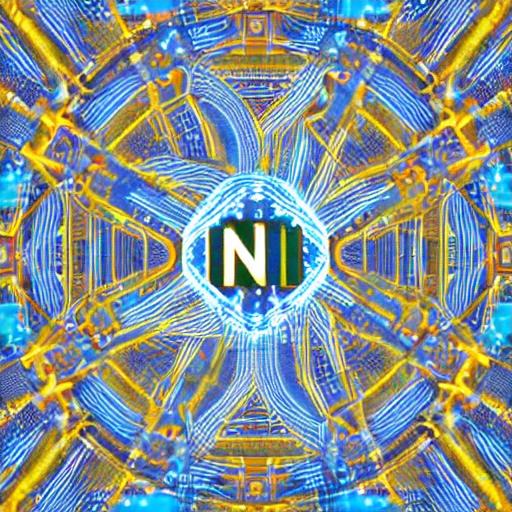In recent months, Non-Fungible Tokens, commonly known as NFTs, have taken the digital world by storm. These unique digital assets have gained immense popularity, revolutionizing the art and collectibles market. But where did it all begin? Let’s dive into the origin story of NFTs.
The concept of NFTs first appeared in 2014 when a team of developers, Kevin McCoy and Anil Dash, created the first blockchain-based project called “This Artwork Is Always On Sale.” This pioneering project aimed to bring scarcity and provenance to digital art. They minted 10 unique digital art pieces on the blockchain, making them tokenized and irreplicable.
However, it was in 2017 when NFTs started gaining significant attention with the launch of CryptoKitties. Developed by Dapper Labs, CryptoKitties introduced the concept of blockchain-based virtual pets. Each virtual cat was a unique NFT, with its own distinct attributes and characteristics. Users could buy, sell, and breed these virtual pets, causing a frenzy in the blockchain community.
CryptoKitties not only showcased the potential of NFTs but also revealed some of the underlying challenges. The massive popularity of the game congested the Ethereum network, resulting in high transaction fees and slow processing times. This sparked discussions on the scalability of the blockchain and the need for more efficient solutions.
As the popularity of NFTs grew, artists and creators started realizing the potential of this technology to authenticate and monetize their digital creations. NFTs provided a way to prove ownership and establish the rarity of digital assets in the same way physical art does in the traditional world. Artists and musicians began tokenizing their creations, selling them directly to their fans, and retaining control over their work.
The mainstream recognition of NFTs came in early 2021 when digital artist Beeple sold a digital artwork titled “Everydays: The First 5000 Days” for a staggering $69 million at a Christie’s auction. This groundbreaking sale marked a significant milestone for NFTs and brought them into the public eye. Suddenly, everyone was talking about digital art, collectibles, and the potential for blockchain technology to revolutionize the art world.

NFTs have now expanded beyond digital art and collectibles. They have found applications in various industries, including music, gaming, virtual real estate, and even social media. Musicians are releasing albums as NFTs, allowing fans to own exclusive digital content and access special perks. Gamers can purchase and trade NFTs within virtual worlds, enhancing their gaming experience. Brands are exploring NFTs for marketing and customer engagement purposes.
While NFTs have gained immense popularity and generated substantial revenue for artists and creators, they have also faced criticism for their environmental impact and concerns over copyright infringement. The energy consumption of blockchain networks used for NFT transactions, particularly Ethereum, has sparked debates on sustainability. Additionally, the risk of plagiarism and unauthorized duplication of digital content raises questions regarding the long-term value of NFTs.
Despite these challenges, NFTs have undoubtedly disrupted the traditional art and collectibles market, providing new opportunities for artists and collectors in the digital realm. As technology advances and the ecosystem matures, we can expect further innovation and evolution in the world of NFTs.
